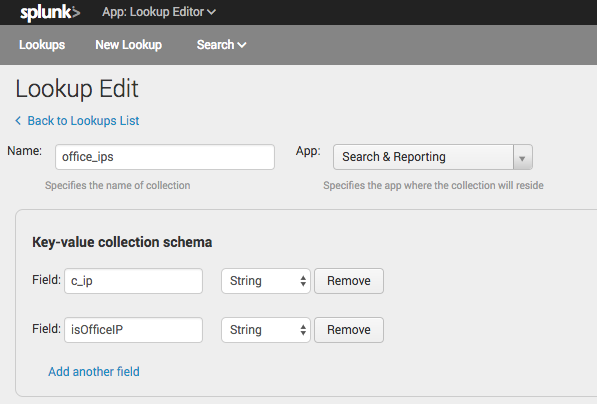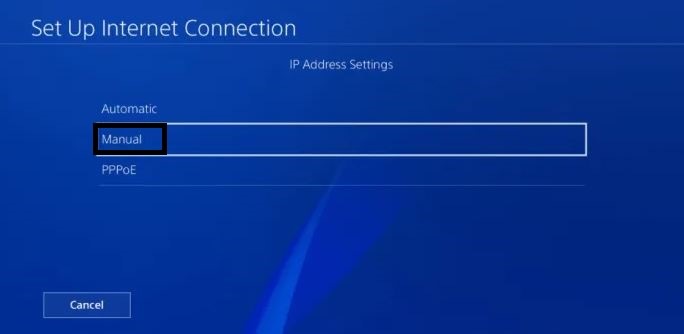

- #KITEMATIC IP DOESNT MATCH WINDOWS 10#
- #KITEMATIC IP DOESNT MATCH SOFTWARE#
- #KITEMATIC IP DOESNT MATCH CODE#
- #KITEMATIC IP DOESNT MATCH PROFESSIONAL#
Go to Settings | Build, Execution, Deployment | Docker, and make sure that your Docker is configured. Let’s first let P圜harm know where to find Docker. This is all the configuration we need to do, and we can get started with building our images now. Although I’m hardcoding it here for simplicity, ideally you’d get this configuration from environment variables. Therefore we should tell Django to look for the db host. In a Docker Compose project, you can connect to linked containers by their service name unless you’ve specified an alias in the link section of the compose file. 'ENGINE': 'django.db.backends.postgresql', If you want to persist data when the container is destroyed, you’d need to create a named volume for the /var/lib/postgresql/data folder.Īfter adding these files, let’s just head over to our Django settings.py to configure our new database credentials: In this case we’re only setting the password, leaving the defaults for username and database. The postgres image is easily configured with environment variables, for details read the image’s page on Docker hub. For this we should write a compose file where we add both our Django service, and our postgres service: This is enough configuration to start Django, however, before we can proceed we should also make sure that we configure our database.

# our installed requirements rather than reinstall them on every buildĬOPY requirements.txt /app/requirements.txtĬMD # By copying over requirements first, we make sure that Docker will cache Let’s get started with writing our Dockerfile: We’ll use Docker Compose to link the containers together. The long command above simply runs these all.Īt this point, if you run docker run hello-world you should see a cheerful message that confirms that everything works:įor our Django app we’ll need to create two containers: a database container, and a container which holds our actual application. To do so, we need to run this cryptic looking command in /f "tokens=*" %i IN ('docker-machine env default -shell=cmd') DO see what it does, run docker-machine env default -shell=cmd, it will output several commands to set environment variables that configure Docker and Docker Compose. Let’s verify that it works by connecting our command-line Docker. Run with a cmd window:ĭocker-machine create -driver virtualbox default

Today, let’s set up a Virtualbox VM on our local computer. If you installed Docker for Windows, you can skip this section.ĭocker Toolbox works by redirecting all your Docker commands to a Docker instance running either on a local VM, or on a cloud service.
#KITEMATIC IP DOESNT MATCH SOFTWARE#
Hypervisors are unable to run on a VM, so when you enable Hyper-V on Windows, you can’t run any other VM software anymore. What this means is that effectively you’ll be using a VM when you’re using your computer.

Hyper-V is a seriously cool bit of tech that wraps your Windows in a hypervisor, rather than installing a hypervisor within Windows. The reason for this is that Docker for Windows is based on Microsoft’s Hyper-V virtualization technology.
#KITEMATIC IP DOESNT MATCH WINDOWS 10#
#KITEMATIC IP DOESNT MATCH CODE#
The starting point today will be a Django todo app which works locally, see the code on GitHub. This time we’ll take a simple todo app in Django, and dockerize it. In our last Docker Compose post, we created a guest book in Flask. Let’s take a look and see how this works!
#KITEMATIC IP DOESNT MATCH PROFESSIONAL#
Setting up the Python Remote Docker Interpreterīy popular demand, P圜harm 2017.2 Professional Edition expands its Docker Compose support to those of you who run Windows.


 0 kommentar(er)
0 kommentar(er)
